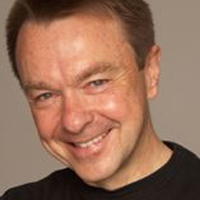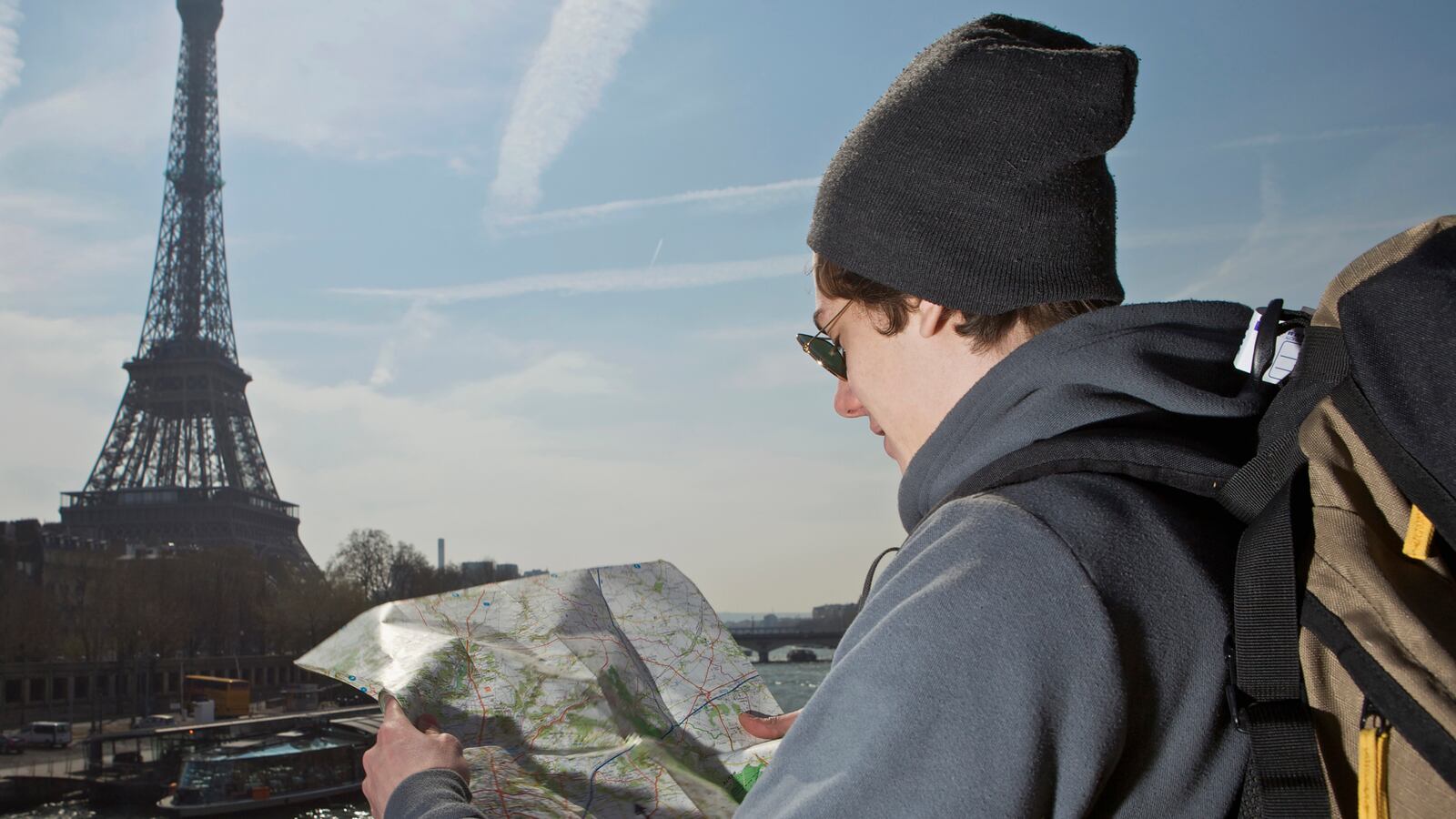Ninety-four days of backpacking around twenty-two countries is how I spent the summer after my freshman year of college. It was to be my own Grand Tour, my own personal adventure, and I believed that it would probably be my first and last time in Europe. After all, taking this kind of trip was a luxury in my family, and very few of my relatives had ever left the United States. Little did I know that I’d cross the Atlantic well over a hundred times in the years to come.

I’d been dreaming about this trip since my early teens, saving money for it and even dipping into my student loans to make it happen. I’d imagined that it would change my life in ways that I didn’t yet understand. And indeed it did. With openness to the world, I left with a backpack and sleeping bag, a round-trip airplane ticket, a pre-arranged “mini-trek” into the Soviet Union, Poland, and Czechoslovakia, a two-month student Eurail Pass and my diary.
After discovering Paris, I set off to visit some smaller places, and to this day, those experiences are what resonate in unique ways. My French trip would take me to Chartres, then Tours, Poitiers, Bordeaux, Toulouse, on a side trip to Albi to visit the Toulouse-Lautrec Museum and then to Carcassonne. Many of these places wouldn’t be on the list of a first-time trip to France, but in my mind, I thought that it would show me the real France and give me an opportunity to practice my French, since the Parisians could be a bit unforgiving on that subject.
So, off I went, first to Chartres to step foot into the cathedral built before 1200, a massive Gothic-style building made of enormous blocks of stone, incredible stained glass windows and a concrete screen depicting the life of Christ. While there I met a fellow student, listed only as “Bonnie” in my journal, an American from Boston. We decided to do some hitchhiking or become what the locals called an “auto-stopper.” In hindsight, hitchhiking for the fun of it may not have been a smart idea, but in reality, we met some great French people. One of our “drivers” was a farmer named Jean, who was returning from a holiday in Normandy, driving an old Citroen. Not only did we have a great conversation with him (in French), but also he invited us to join him for a roadside lunch, where he proceeded to set up a gingham tablecloth, laying out cheese, sandwiches, beer and homemade apple cider. To Bonnie and me, this was the perfect way to meet the locals.

Jean was the one who told us that we had to visit Chenonceau in the Loire region, and he decided that he would drop us off there before he headed south. I have to admit that at the time, I’d never even heard of Chenonceau, even though it is said that it is the second most visited castle after Versailles. And in a word, it is spectacular and should be on everyone’s list of must-sees in France. A mix of Gothic and early Renaissance architecture, the structure was first started in the 1430s and has a rich and interesting history. For the uninitiated, it is the white French castle that is built over a river with arches that give it such a unique dimension. A photograph of it is often shown as an example of the French Chateau country.
We moved on to Poitiers, driven by a professor from Paris who recommended this ancient city that belonged to the Duchy of Aquitaine, built on the ancient Roman road from Bordeaux to Paris. Then it was on to Angouleme, recommended by a driver from Rouen. Our drivers gave us the three or five sights that we should see in each place. And while I wouldn’t recommend hitchhiking to any student, what we learned from our French drivers was a lot more than any book could tell us.
One place that I knew I wanted to visit was the small museum dedicated to Toulouse-Lautrec in the small town of Albi. Part of the Albi Cathedral, the museum did not disappoint. There I saw his many masterpieces from The English Gentleman at the Moulin Rouge to many of his paintings of Jane Avril to his colorful portrait of Aristide Bruant. Filled with posters and lithographs and his writings, it was a museum that any Lautrec fan would enjoy for hours. And it was only one example from that summer of an art history discovery that would stay with me for my whole life.
My final stop on my tour of “the other France” (since I’d decided against Lyons and Marseilles and the Riviera) would be Carcassonne, a fortified French town that was founded by the Visigoths in the Golden Age. Like so many places throughout Europe, it has its own story to tell, one rich in the role that it played in the Crusades and how it was saved from being demolished in the mid-1800s but became a masterpiece of restoration of towers and turrets and drawbridges that make it a place that could almost be in a fairy tale. Walking through its cobblestone streets and looking up at its floodlit walls in the evening made me nominate Carcassonne as another of the must-sees of Europe’s smaller towns and cities.
Throughout that summer, I visited Salzburg, birthplace of Mozart, as well as places like Lausanne, where we changed trains for Brig, and Visp, as we headed to Zermatt and the Matterhorn. It was here that we experienced a small Swiss town in the Alps, where no cars were allowed, and we settled in what must have been the cleanest and nicest hostel that I’d ever seen. During our first, we headed up to Schwarzsee, a four-hour hike up the mountain to above the timberline, where we saw glaciers, frozen rivers, and clouds below us. We chilled some wine in a cold mountain stream and had a feast as we took in the magnificent view. This first-time experience led me to my lifelong love affair with hiking in mountainous regions from the Himalayas to Patagonia to the American West.
So indeed, that summer did change my life in many ways. I turned nineteen in Amsterdam, a week before I left to return home. I didn’t want to go home. That whole week I thought about my options. Should I join the group of students whom I’d just met who would be traveling overland to South Africa? Should I stay in Europe and enroll in school there? I’d been seduced by ninety-four days of an experience that made me a young man of knowledge in so many subjects.
In my diary I wrote, “Going home leaves me with a sad and empty feeling that I’ve never felt before. In a way, I feel like I don’t belong there anymore.” At the time I couldn’t have appreciated that I’d just gone through one of the most intense growth experiences that anyone could have in their life. I didn’t belong where I’d come from anymore. That summer had changed me. It had taught me to move forward, to learn, and to realize that I would spend my life traveling the world for knowledge and new experiences.
From The Globetrotter Diaries by Michael Clinton, copyright 2013, published by Glitterati Inc.






